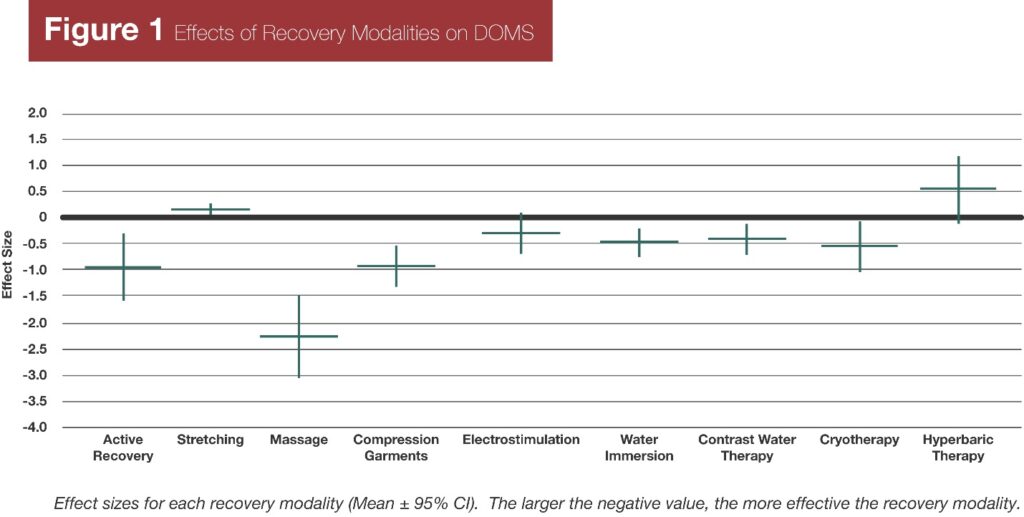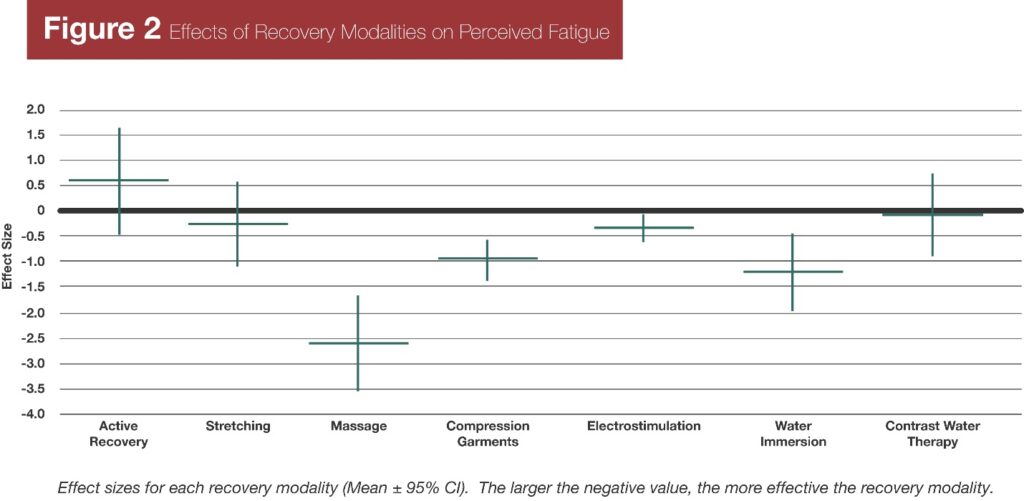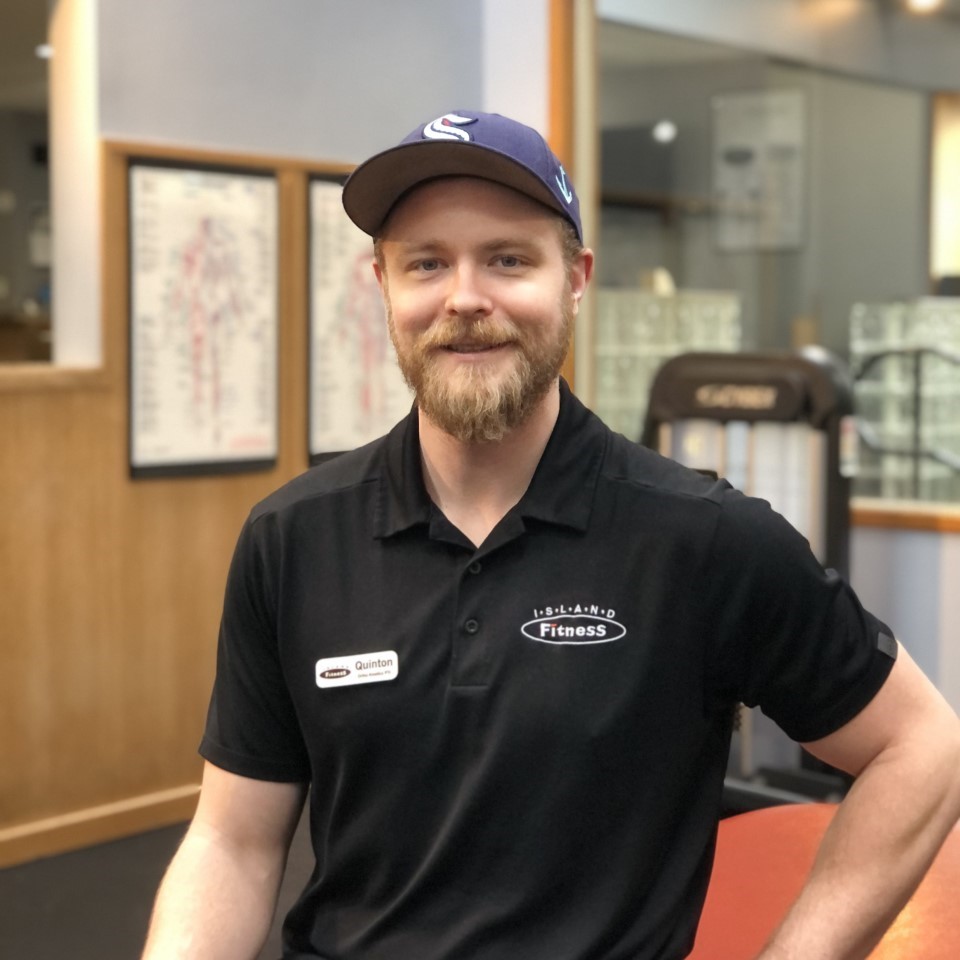The science of training, fitness, and longevity continues to evolve as we strive to enhance our well-being. If we can train harder, recover faster, and reach our goals more efficiently, we can continue to enjoy our lives to the fullest and spend more time doing the things we love.
I was recently interested in what science has to say about the best way to recover from a hard training session. If we can increase our ability to heal and recover faster, it would in turn allow us to train more frequently or at least enjoy our rest days with less muscle soreness or perceived fatigue.
I read through a MASS (Making Application of Science Simple) research review article by Greg Nuckols who takes a deep dive into a 2018 meta-analysis which compared the effects of 10 different recovery methods to see what the science really tells us about proper recovery methods.
Now it should be stated that this meta-analysis accounted for the two biggest recovery factors, which are making sure your nutritional needs are met (i.e. making sure you are intaking enough calories and hitting your protein goals) as well as getting an adequate amount of sleep on a nightly basis. But let’s assume we have our diet and sleep under control. What is the next biggest priority if you want to optimize your recovery during a particularly difficult training period?
Recovery is a very important topic because we know that training to, or close to muscular failure along with training volume is a key driver of hypertrophy (muscle growth) and a major driver of strength gains; but increasing your training volume won’t be productive if you can’t recover in time for your next session.
This meta-analysis was based on the results of 99 studies comparing the effects of 10 different recovery methods (assessing “delayed onset muscle soreness” or DOMS, perceived fatigue, and markers of inflammation and muscle damage). Recovery methods they tested included active recovery, stretching, massage, electrostimulation, compression garments, water immersion, contrast water therapy, cryotherapy, and hyperbaric therapy.
Findings:

Looking at Figure 1, which looks at the effectiveness of relieving delayed onset muscle soreness, most recovery modalities had a positive effect on DOMS, with massage being by far the most effective modality and active recovery and compression garments trailing in second and third place. Surprisingly stretching, electrostimulation, and hyperbaric therapy had no significant effects.

Figure 2 analyses the effectiveness of relieving perceived fatigue. Massage, water immersion, and compression garments were all effective at reducing perceived fatigue, while stretching, electrostimulation, and contrast water therapy didn’t have a significant effect. Interestingly, active recovery slightly increased perceived fatigue 24 hours post-training. Massage again was also the most effective intervention for reducing perceived fatigue.
Overall, the big takeaway from this meta-analysis is that if you know you’re going to have an intense training session or want to mitigate the amount of soreness and fatigue the following few days, it might be a good idea to schedule a massage in advance. Massage had the largest effect on DOMS, perceived fatigue, and various markers of muscle damage at 72 hours post-training. It’s worth noting that in the studies, massage generally took place immediately post-training, so, in a perfect world you’d schedule a massage appointment right after your training session. But make sure you’re courteous to the massage therapist and shower between sessions for obvious reasons.
If massage isn’t something you’re into or isn’t in your budget, compression garments, and a cold shower or bath would also significantly help. Physiologically these three strategies have something in common; they all cause compression, to varying degrees, which affects blood flow into and out of your muscle tissue. Specifically, they limit edema (swelling/inflammation) in the muscles and help the clearance of waste and metabolic byproducts after training.
It’s assumed that massage is mainly facilitating waste clearance (since the muscles aren’t being compressed long enough to impede blood flow into the muscle to any real degree), while compression garments are mainly limiting edema, and water immersion is having small effects on both sides of the equation. However, compression seems to be the one thing tying them together.
If you’re looking to optimize your training and recovery or are dealing with constant soreness and fatigue post training, I would highly recommend giving these strategies a try and see if they help.

Quinton Agosta
CSCS, NSCA
Ortho-Kinetics Professional Trainer
B.S. Exercise Science CWU
References:
Dupuy O, Douzi W, Theurot D, Bosquet L, Dugué B. An Evidence-Based Approach for Choosing Post-exercise Recovery Techniques to Reduce Markers of Muscle Damage, Soreness, Fatigue, and Inflammation: A Systematic Review With Meta-Analysis. Front Physiol. 2018 Apr 26;9:403. doi: 10.3389/fphys.2018.00403.
Roberts LA, Raastad T, Markworth JF, Figueiredo VC, Egner IM, Shield A, Cameron-Smith D, Coombes JS, Peake JM.Post-exercise cold water immersion attenuates acute anabolic signalling and long-term adaptations in muscle to strength training. J Physiol. 2015 Sep 15;593(18):4285-301.
Never miss our valuable health and wellness content. Follow us on Facebook, Instagram YouTube!
